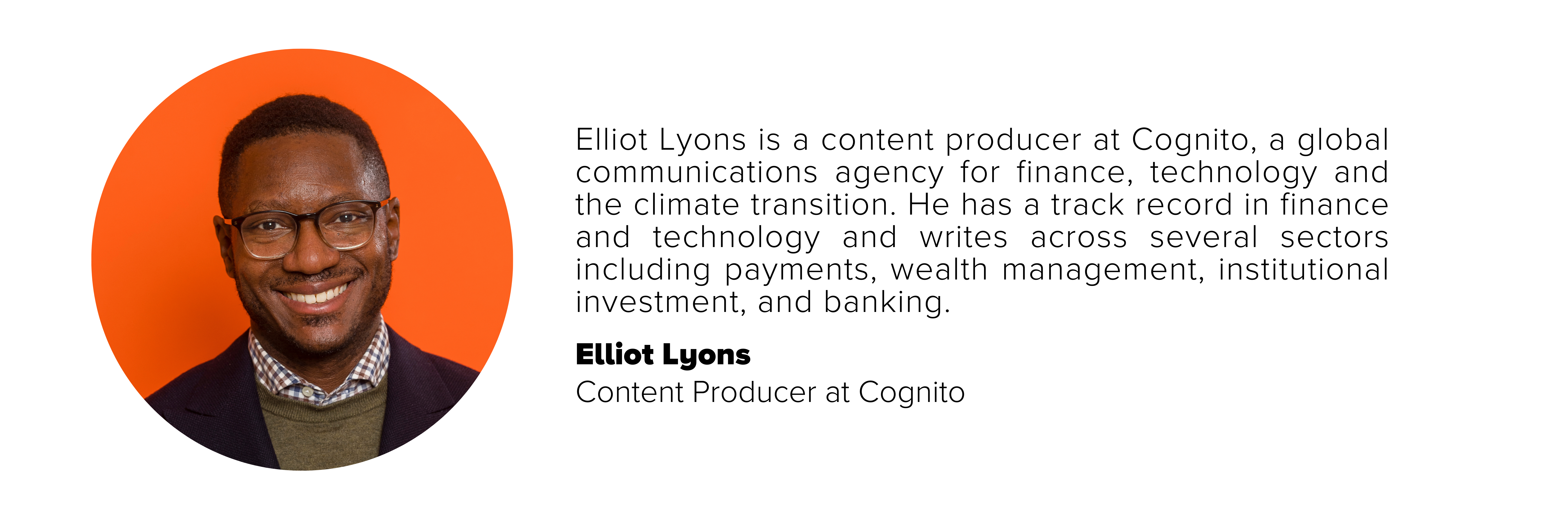Published on: February 13, 2023

Debit cards, mortgages, saving accounts, loans, branches, apps? Or traditional, large institutions versus digital-only neo banks?
Whatever you’re thinking, it essentially comes down to multiple services built on top of processes powered by technology, with a lot of data sitting in between. What’s changing is how these services are delivered, by whom they are being delivered, and the speed at which they can be developed and hit the market. So, let’s look at the forces changing the banking landscape and how banks will look ten years down the line.
In banking, customer centralization is king and will continue to be for the foreseeable future. Customer centricity is having a hassle-free banking experience.
BigTech has set the bar here. It has made many things more accessible, transparent, and connected. Just think of watching your favorite series on your phone while commuting, googling directions, ordering food with Uber, or FaceTiming friends on the other side of the world.
Tech companies have digitized our lives, organizing them around apps and mobile phones—technology enables all of this. It allows us to connect, commerce, and control our lives in new and more convenient ways. Most importantly, it also creates new business opportunities and enables us to shift how banks are organized and operate.
What customer centralization comes down to at banks is personalization. To offer consumers these tailored offerings, banks have to track, share, and analyze data across business lines to create actionable insights. But many banks struggle with this due to siloed legacy systems, which confine data to different functions, products, business lines, and systems, often in different formats. In fact, only 28% of banks can quickly integrate internal structured data into the AI models they’re using, meaning these models aren’t nearly as effective as they could be.
So, a key area of focus for banks is moving to decentralized data sharing models, unlocking data, to not only boost customer relations and respond to their evolving needs, but to streamline reporting. All of this means we should start to see banks moving from product or segment operating models to those that map customer journeys via cross-functional teams. In figuring out how to do this, banks should establish a strategy to define needs and capabilities, then move to determine business processes, and lastly, figure out what technology can help support them.
With all the challenges banks face in delivering better customer experiences, the following question arises: who takes the lead in customer experience in the financial services market?
And that’s undoubtedly fintech.
Fintechs, or financial technology companies, deliver leading customer experiences. This is done by being digital first and honing in on a particular customer segment or niche, or solving a specific customer problem. For example, Banking as a Service (BaaS) providers offer a range of services, from KYC and digital banking to lending, deposits, and mortgages. They also cover all the backend tech and processes.
Tech-wise, companies offer modular and composable building blocks, making building financial services significantly easier, faster, and cheaper. Especially since most providers work in the cloud, using APIs for connectivity. Here, many use cloud-native technology. This allows banks to scale faster to meet demand and leverage the services of cloud providers. These services can offer the building blocks for core banking solutions, such as business process management functionality, and provide multiple options for application design. The cloud also provides top-level security, as all of the major public cloud providers—Google, Microsoft, and Amazon Web Services—invest billions in the technology.
So, fintech is moving banking away from the siloed, sluggish legacy technology systems we talked about earlier, and into a thriving technology ecosystem for institutions that want to build or expand their capabilities. This robust tech ecosystem available to banks is especially opportune, as 89% of executives at banks say their firm’s ability to create business value will be based on the quality of their technology architecture.
A big reason these banking ecosystems exist is regulation, which opens up banking data to third parties.
This opening up of data, in Europe, came via the Second Payments Services Directive or PSD2. This led to open banking, a practice where third parties access financial data via APIs. Although banks have underestimated the effort it takes to implement PSD2, most of them now have API interfaces up and running, which is a good thing because it is expected that by 2024, 64 million people across Europe will use open banking.
Open banking, for example, could in the SME financing space give lenders a better overview of an applicant's data, such as bill payment history, so they can create better forecasts for cash flows, profits, losses and more accurately determine risk. On the merchant side, many manual processes can be automated drastically reducing closing times. The focus of this is, of course, creating better customer experiences. And what we’re even starting to see is payment capabilities in in-car displays, making cars, effectively, commerce portals. This is embedded finance and involves non-financial companies offering financial services. By some estimates, 96%of European brands will roll out embedded payment capabilities by 2026.
So, what will banks look like in ten years?
It’s impossible to predict, but given the above, we’ll say this: banking will be part of a wider experience, since many aspects of our lives have financial elements.
In the future you may consult a voice assistant about your financial situation. This assistant will use AI, bank data, and relevant data sources to analyze your options. You also may use some of your crypto or stock shares to make grocery purchases, having real-time access to liquidity. But even if these things don’t come to be, banks will have to operate in a real-time economy. This means their compliance capabilities must follow suit.
And this starts by banks reimagining their core.

Subscribe to our °neo community and be the first to read our latest news, and get exclusive content.